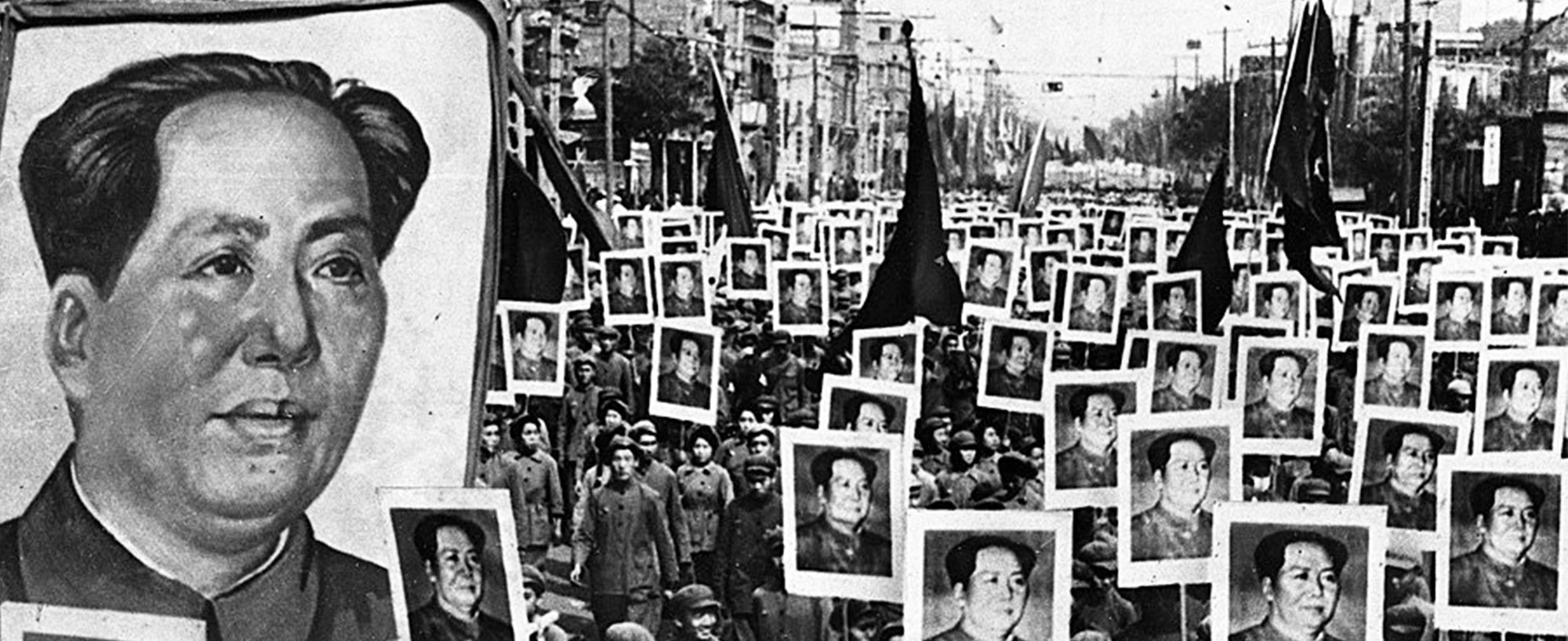


At a conference in Bejing, Mao released the May 16 Notification. The text warned that enemies of the communist cause had infiltrated the party, intending to restore capitalism. It also summarized Mao's ideological justification for the Cultural Revolution.
Later that month, a leftist philosophy professor at Beijing University posted a big-character poster, known as a dazibao, accusing the administration of embracing bourgeois values and hindering the revolution. Mao endorsed the call-to-arms, and encouraged students to revolt. Classes at Beijing University were promptly cancelled, and on June 13, schools throughout China were cancelled. Young demonstrators packed the streets of Beijing, wielding giant portraits of Mao and banging drums. This marked the beginning of both the Cultural Revolution as well as Mao’s political comeback.